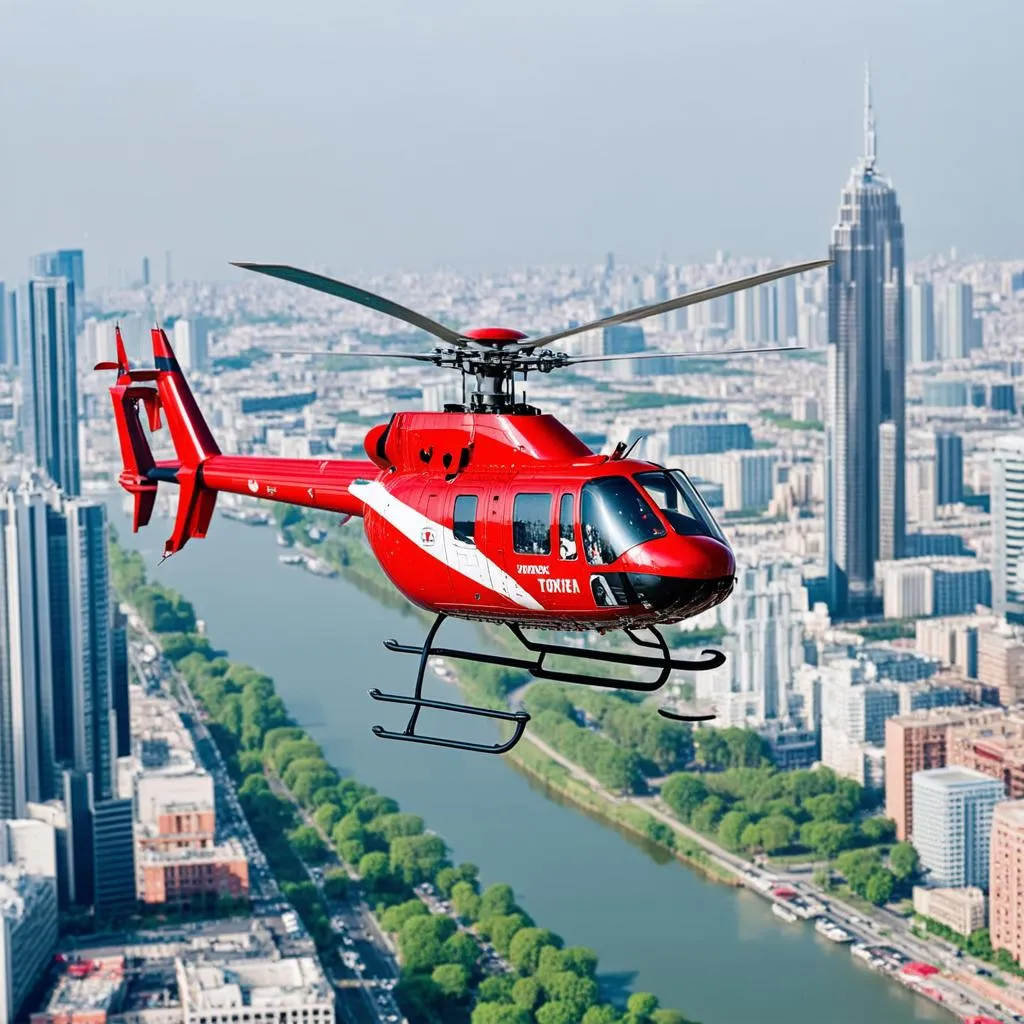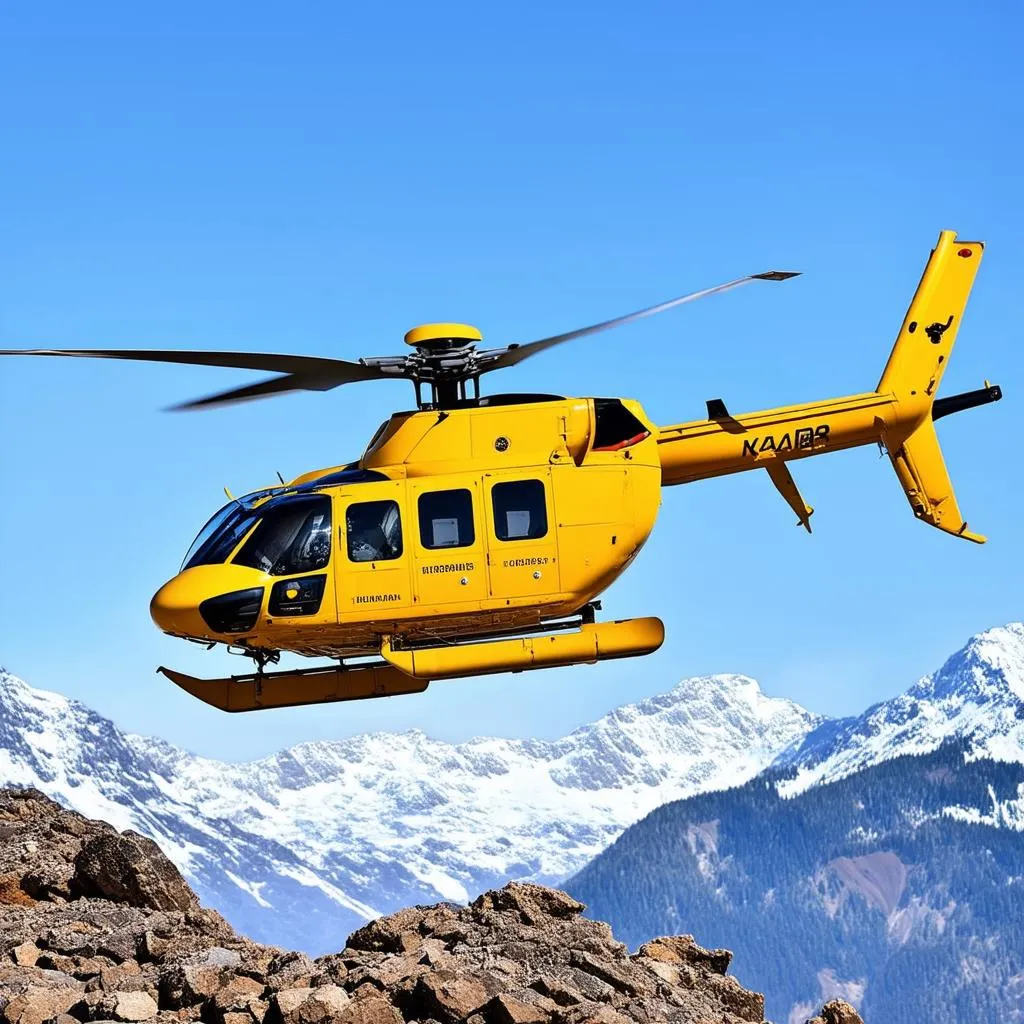Have you ever gazed up at a helicopter zipping across the skyline and wondered, “Just how fast is that thing going?” It’s a question that has crossed many minds, especially when we imagine ourselves soaring above traffic jams or enjoying a bird’s-eye view of iconic landmarks like the Golden Gate Bridge or the Statue of Liberty.
While we might associate helicopters with swift flights, their speed can actually vary greatly depending on a number of factors. Let’s dive into the world of helicopter travel and uncover the secrets of their impressive velocities.
Understanding Helicopter Speed: It’s Not Just About Going Fast
Unlike airplanes that rely on fixed wings and forward momentum, helicopters generate lift and thrust through their rotating blades. This unique mechanism allows them incredible maneuverability – think vertical takeoffs and landings – but it also means their maximum speed is generally lower than that of fixed-wing aircraft.
Several factors influence how fast a helicopter can travel:
- Helicopter Design: Just like sports cars, some helicopters are built for speed. The aerodynamic design, the type of engine, and the number of blades all play crucial roles in determining a helicopter’s top speed.
- Weight and Load: A heavy load will naturally slow a helicopter down. Passenger weight, cargo, and even fuel levels impact the overall weight and, consequently, the speed.
- Altitude and Weather Conditions: Air density decreases at higher altitudes, which can affect lift and engine performance, potentially reducing speed. Similarly, strong winds can create resistance, impacting both speed and maneuverability.
So, How Fast Can a Helicopter Fly?
While the exact speed varies, most helicopters have a cruising speed ranging from 100 to 150 miles per hour (160 – 240 kilometers per hour). That’s considerably slower than commercial airliners, which cruise around 575 mph, but still fast enough to cover significant distances in a relatively short amount of time.
Now, let’s talk about the speed demons of the helicopter world. High-performance helicopters, often used for military or specialized purposes, can reach speeds exceeding 200 mph (320 km/h). The current record holder, the Westland Lynx, achieved an astonishing speed of 249.09 mph (400.87 km/h) in 1986!
Planning Your Helicopter Adventure: Things to Keep in Mind
Thinking of booking a helicopter tour over the Grand Canyon or a quick hop between islands in Hawaii? Keep in mind that advertised flight times often factor in average speeds and potential delays due to weather or air traffic.
Here are some questions to ask when planning your helicopter travel:
- What type of helicopter will be used? Different models have varying speeds and capacities.
- What is the estimated flight time, and does it account for potential delays?
- What are the weather conditions like? Strong winds or low visibility can impact flight times.
Beyond Speed: The Magic of Helicopter Travel
While speed is a factor, helicopter travel offers a unique perspective and experience that transcends mere velocity. Imagine witnessing the breathtaking beauty of the Northern Lights from above or landing on a remote glacier in Alaska – experiences made possible by the versatility of these incredible machines.
 Helicopter Flying Over a City
Helicopter Flying Over a City
Whether you’re seeking the thrill of a high-speed flight or the awe-inspiring views only a helicopter can provide, the world of rotary-wing aviation offers something truly special.
 Helicopter Landing on a Mountaintop
Helicopter Landing on a Mountaintop
Curious about other modes of transportation and their speeds? Check out these articles: